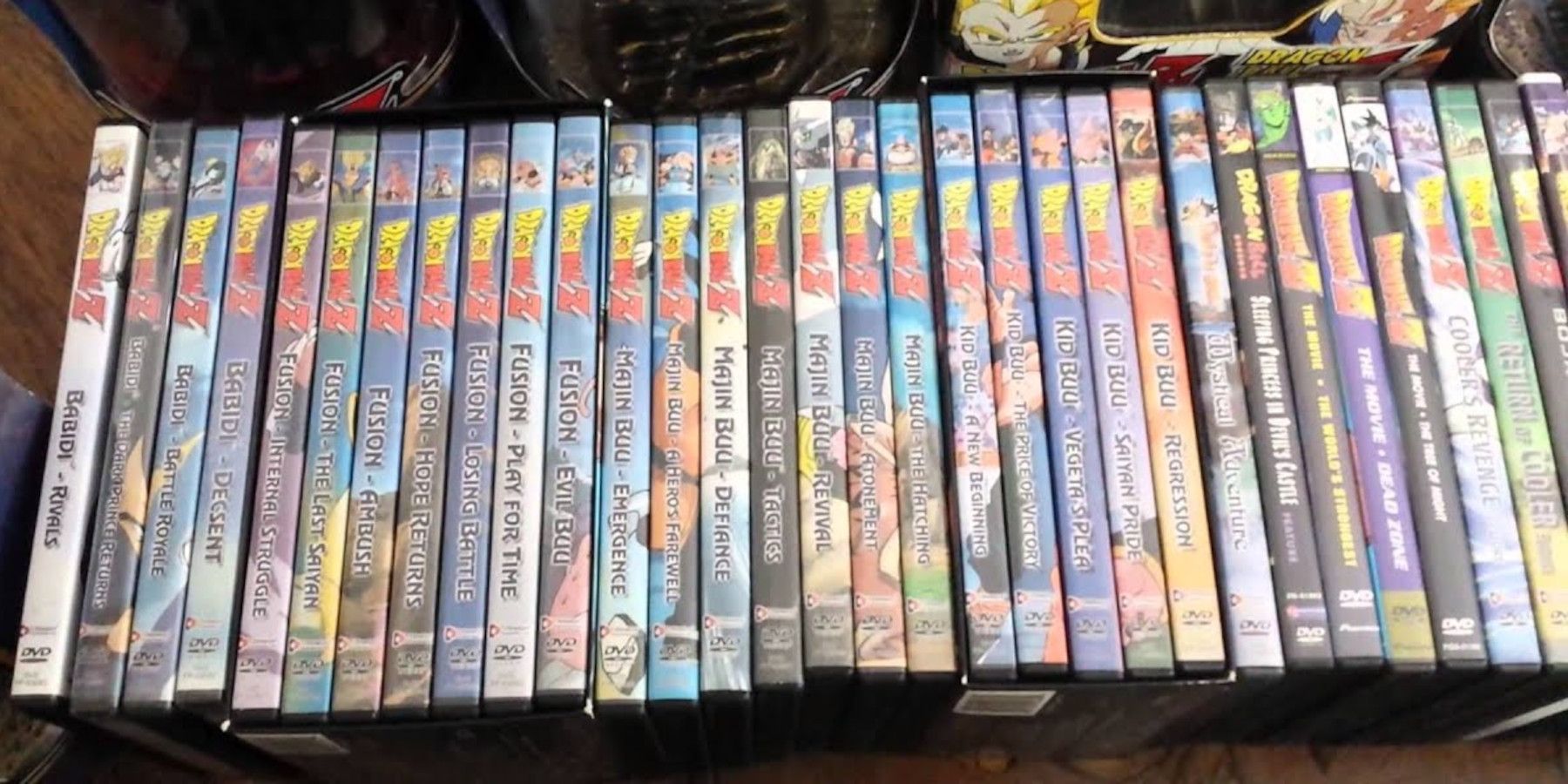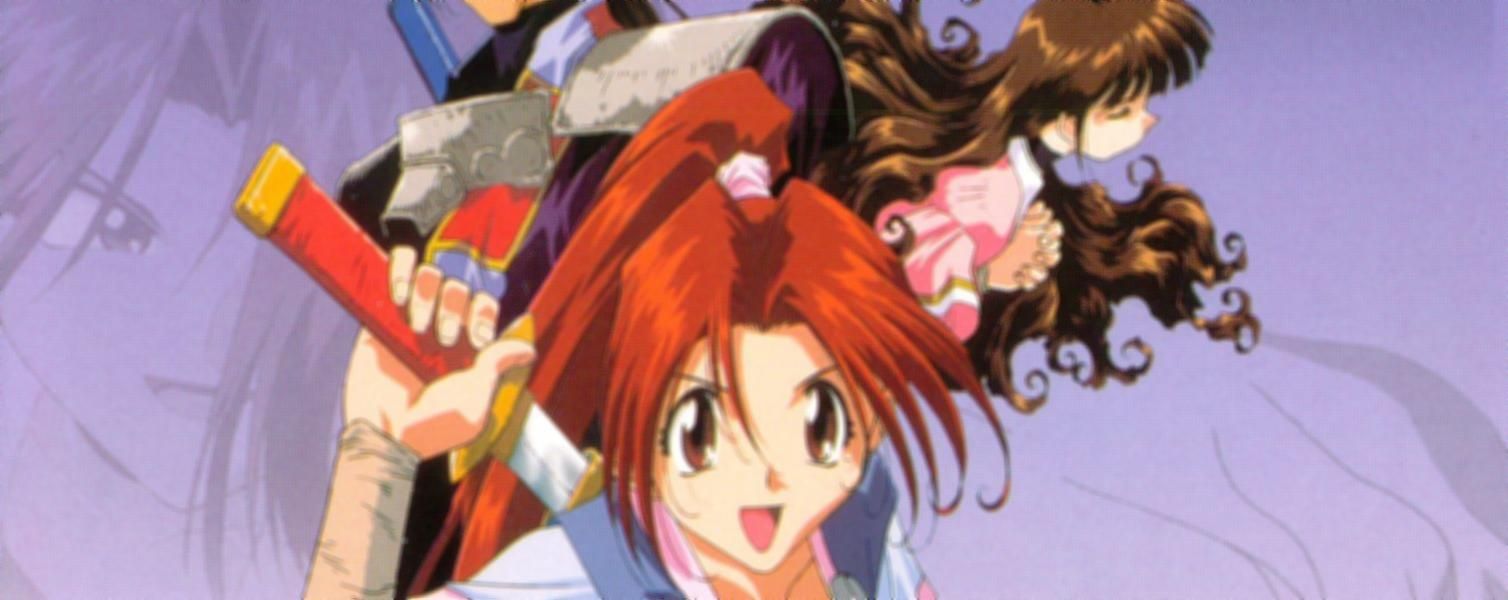While anime may be big business in America these days, there was a time not so long ago when it was a niche product that very few people consumed. The idea that an anime movie would be released in theaters (much less make it to number one at the box office) was such a laughable one that if you were able to time travel and tell a 90s anime fan what the hobby looks like today, they’d probably beg you to take them back to the future (heh heh) with you.
There are many reasons why anime eventually got popular enough to get to the point we’re at today, but one of the undeniable revelations in the market was the advent of the DVD. While some readers may scoff at the idea of this now outdated format being a key player to making anime mainstream, the undeniable truth is that these discs were a revelation for the anime market and was instrumental in making the hobby a household staple. The format is so old though that many don’t remember the humble begins of anime on DVD, which begs the question: how did the revolution begin?
The History of Anime on Home Media
Anime streaming is so popular these days that its easy to forget that there was a time when fans couldn’t watch their favorite shows on demand. Back in the 90s and early 2000s, there was no Netflix or Crunchyroll, and fans had to either watch a show that was edited for TV or buy the show in painfully overpriced VHS tapes (most of which only contained a couple of episodes each). When a fan did buy a VHS tape they had to pick between either a dubbed tape with more episodes that was cheaper, or a subtitled version with less episodes that was more expensive.
When DVD came along everything changed. The format was more cost efficient. More titles could be fit on the shelf. The biggest thing for anime was that multiple languages could be put onto the disc, making it so that buyers no longer had to choose which version of the show they wanted to own. When Netflix came along it was much easier to mail out a DVD than a VHS, and so the option for fans to discover new titles (and buy them at a much more reasonable price) grew. At one point DVD would become the bread and butter of the anime industry, but (as Jeff Bezos and that creepy android from Prometheus said) ‘big things have small beginnings.’
The First Anime DVD in Japan
The first anime to be released on DVD in Japan was Ninja Cadets (known in Japan as Ninja Mono). The story according to Anime News Network is as follows:
During Japan's feudal era, there is a war between two ninja clans: the Byakuro and the Kabusu. Then, one night, the Kabusu stage a fierce attack on the Byakuro castle in hopes of kidnapping the clan's infant princess. Their mission is foiled when a loyal ninja of the Byakuro flees the attack with the princess and disappears, eventually raising her to be a ninja. Several years later, six ninja trainees are given a mission to infiltrate the Kabusu-occupied Byakuro castle and retrieve a sacred scroll to complete their training. But their skills are put to the test when they encounter three members of the Kabusu, who use dark sorcery in an attempt to once again capture the princess - who happens to be one of the trainees.
The series was a two episode OVA. While on VHS the two episodes were bought individually, on DVD Japanese buyers would get both episodes for ¥9,228 (roughly $62 American dollars). While later OVA’s would still charge Japanese buyers for each episode individually, the idea that Japanese viewers could own both OVA’s on one disc was considered a bargain at the time. The higher quality (and release of Sony's PlayStation 2) helped the format gain a lot of traction early on, and soon the format would be eyeing to make a big splash overseas!
The First Anime DVD in America
Although I’m sure a lot of you would hope that the first anime title in America would be Dragon Ball Z or Pokemon (two series that have certainly sold well on the format), America’s first anime DVD was Art of Fighting. It was an OVA that was a promotional tie-in for a trilogy of fighting games from SNK on their Neo Geo home console. The title was licensed by Central Park Media who outsourced the DVD to Image Entertainment (who had more experience in producing discs at the time).
The DVD cost $29.99, which was $5-$10 more than what a VHS tape would cost, but many anime fans considered this a bargain since both the Japanese and English versions could be on the same disc. The title has since been forgotten by most anime fans these days, but it does live on in history for being the first on the DVD format.
Anime These Days
Eventually, anime on DVD would not only grow in popularity with fans but would help expand anime itself. Netflix easily rented out titles to new viewers while rental stores like Blockbuster and Hollywood Video were willing to stock more titles due to smaller cases. Releases could be so profitable that companies like Funimation, Viz Media, and Pioneer made comfortable businesses selling titles at video stores and comic book conventions.
These days most anime can be streamed on various streaming platforms, and companies like Crunchyroll and Sentai focus more on collectors versions of series on BluRay. There are still anime titles that are released on DVD, but now that the format is more niche, they tend to be much more expensive and come in limited quantities. For most modern fans there’s no need to own a copy of their favorite anime on disc. Yet DVD made anime more affordable, accessible, and easier to stock, which increased the amount of fans of the art form tenfold.
Streaming may have replaced DVD as the dominant way to consume content, yet if anime wasn’t a healthy business on DVD who knows if there would even be streaming platforms who were interested in streaming the stuff? It could be argued that one of the reasons Netflix invests so much money into the anime industry is because they saw how many anime titles were rented on DVD, and they know there is a market for this stuff from those early days. So if you love what anime on DVD did for the industry, remember the first titles that were released on DVD that started this all!

.jpg)


.jpg)
